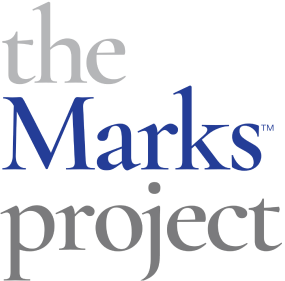![]() Printer version
Printer version
Marek Cecula
1944 Born Kielce, Poland
EDUCATION
1960Studied studio ceramics with Gedula Ogen, Israel
1964-1965Studied with Jean Mayer at Ein-Hashofet Kibbutz, Israel
PRIMARY WORK EXPERIENCES
1974 Designer, Schmidt Porcelain, Sao Paolo, Brazil
1985-2004 Head of Ceramics, Parsons School of Design, New York, New York
2004-2010Professor, Bergen National Academy of the Arts, Bergan, Norway
2010—Visiting Professor at Royal College of Art London, England
BIOGRAPHY
Marek Cecula immigrated to the United States in 1976 after studing ceramics in Israel and working in Brazil. Cecula’s most important contribution to the ceramics field is the ease with which he moves between design, craft and sculpture. He has shown makers that nothing they do exists in isolation and each decision influences another. His work is strongly influenced by industrial processes and materials. In 1976 he immigrated to the USA settling in New York City where he established his first studio and gallery, Contemporary Porcelain. In 1995 he founded Modus Design in New York, NY. Modus produces the domestic wares he designed for both mass production and limited editions. An example of this production is Colorware, a mix-and-match approach to dinnerware with bright colored reserves within black rimmed plates. Cecula’s use of decals, repurposing of laboratory vessels and his re-firing of traditional porcelain pieces are examples of his interest in the exploration of industrial objects.
Cecula worked series such as Scatology Series consisted of multiples covering gynecology, AIDS, and the medical side of sanitary porcelain. In 2002 Cerula created the Porcelain Carpet, a commission from Grand Arts, a Kansas City non-profit art space and consisted of three phases: Phase I, three 12 by 16 foot rectangles each made of 144 plates arranged in grids directly on the floor consisting of commercially produced white blanks; Phase II, using digital photography and printing, the black line image of an oriental carpet is printed on the plates; and in Phase III the color image is printed creating the Porcelain Carpet, a porcelain floor installation, appearing to be an oriental carpet but not to be walked on.
An interview with Marek Cecula conducted May 19-20, 2009, by Mija Riedel for the Archives of American Art’s Nanette L. Laitman Documentation Project for Craft and Decorative Arts in America is available at https://www.aaa.si.edu/collections/interviews/oral-history-interview-marek-cecula-15681
PUBLIC COLLECTIONS
Carnegie Museum of Art, Pittsburgh, Pennsylvania
Cooper-Hewitt Smithsonian National Design Museum, New York, New York
Kemper Museum of Contemporary Art, Kansas City, Missouri
Los Angeles County Museum of Art, Los Angeles, California
Mint Museum, Charlotte North Carolina
Musée Royal de Mariemont, Belgium
Museum Hertkruithuis, s’Hertogenbosch, The Netherlands
Museum of Arts and Design, New York, New York
Museum of Fine Arts, Boston, Massachusetts
Museum of Fine Arts, Houston, Texas
Newark Museum of Art, Newark, New Jersey
Nordenfjeldske Kunstindustrimuseum, Trondheim, Norway
Smithsonian American Art Museum, Renwick Gallery, Washington, DC
BIBLIOGRAPHY
Clark, Garth, Edward Lebow, Peter Schjeldahl and John Pagliaro. Shards: Garth Clark on Ceramic Art. D.A.P./Ceramic Arts Foundation, 2004.
Clark, Garth and Cindy Strauss. Shifting Paradigms in Contemporary Ceramics: The Garth Clark & Mark Del Vecchio Collection. New Haven, CT: Yale University Press, 2012.
Del Vecchio, Mark. Postmodern Ceramics. London, England: Thames & Hudson, 2001.
CV or RESUME: Click Here to Download
www.ceculamarek.com
WEBSITE(S):
Citation: "The Marks Project." Last modified February 15, 2024. http://www.themarksproject.org:443/marks/cecula













